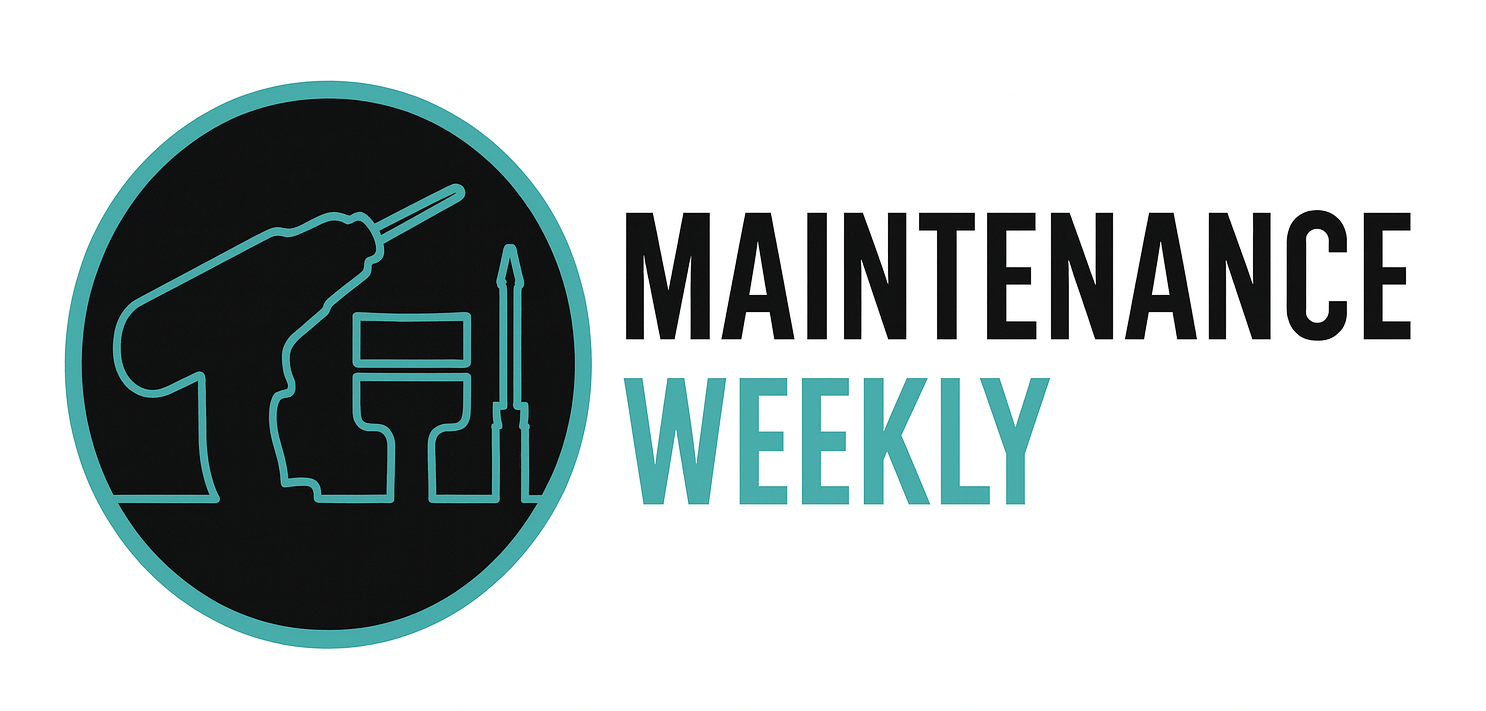Manufacturing Maintenance Planner Career Overview
Maintenance planners keep production assets reliable by turning work requests into well-scoped, scheduled jobs. They translate equipment needs into parts, labor, and safe procedures so technicians spend more time on the tools and less time waiting. The role sits at the center of operations, maintenance, stores, safety, and vendors.
What Maintenance Planners Do
-
Scope jobs: define tasks, craft step-by-step work packs, estimate labor hours
-
Build parts lists and kits; confirm availability with stores and vendors
-
Prepare permits and safe work instructions in line with site policies
-
Sequence jobs around production windows and coordinate with schedulers
-
Keep PM tasks current based on findings and reliability data
-
Record feedback from technicians to improve future plans
Where They Work
-
Food and beverage, pharma, consumer goods, automotive, metals, plastics, paper, logistics
-
Plants with CMMS/EAM systems and defined preventive or predictive programs
-
Day shift roles with frequent cross-team coordination
Must-Have Skills
-
Mechanical and electrical literacy sufficient to plan complex jobs
-
Reading P&IDs, electrical prints, OEM manuals, and parts catalogs
-
Time management, prioritization, and clear written instructions
-
Vendor coordination and basic cost awareness
-
Calm decision-making under schedule pressure
Training and Certifications
-
Background as an industrial mechanic, electrician, or millwright is common
-
CMMS/EAM proficiency (e.g., SAP PM, Maximo, Infor EAM, eMaint, Fiix)
-
SMRP’s CMRP or CMRT; Certified Reliability Leader (CRL) is helpful
-
OSHA 10/30 General Industry; LOTO and contractor management training
-
Industry GMP awareness for regulated sites (food, pharma)
Tools and Technology
-
CMMS/EAM for work orders, backlog, and history
-
BOMs, spares catalogs, and vendor portals
-
Gantt charts and short-interval schedules
-
Condition monitoring inputs (thermography, vibration, oil analysis) to time work
-
Standard job plan library with checklists and torque/clearance data
Safety and Compliance Essentials
-
Lockout/Tagout planning and verification steps
-
Hot work, confined space, and line-break permits
-
NFPA 70E awareness for electrical tasks
-
Housekeeping and access planning to reduce risk during shutdowns
Core Workflows
-
Prioritize and screen incoming work; reject duplicates and clarify scope
-
Plan tasks, parts, tools, and permits; kit materials before the start date
-
Align with production on windows; hand off to scheduler for final loading
-
Review completed jobs, capture findings, and improve plans
-
Balance PM, PdM, and corrective work to protect critical assets
KPIs That Matter
-
Schedule compliance percentage
-
Planned versus reactive work ratio
-
Wrench time and first-fix rate
-
Backlog age and priority mix
-
MTBF/MTTR trends on critical equipment
-
PM/PdM completion rate and defect elimination count
Career Path
-
Technician or Electrician → Maintenance Planner → Senior Planner → Planner-Scheduler or Reliability Technician → Maintenance Supervisor or Reliability Engineer
Breaking In
-
Document a few well-planned jobs with clear steps, parts, and times
-
Learn your plant’s CMMS deeply and standardize job plan templates
-
Partner with stores to improve kitting and spare part accuracy
-
Track wins: shorter downtime, fewer delays, better first-time quality
Key Takeaway
Maintenance planners turn requests into safe, ready-to-go jobs that protect uptime and cost. Those who blend craft knowledge with CMMS skill, safety discipline, and steady coordination become trusted hubs for the whole plant.
Source: ChatGPT
